Table of Contents
Introduction to Ancho Peppers
Ancho peppers are mild chilies with a Scoville Heat Unit (SHU) rating of 1,000-1,500, making them significantly less spicy than jalapeños and many other common chilies. These dried poblano peppers are known for their rich, smoky flavor and slightly sweet undertones, not intense heat.
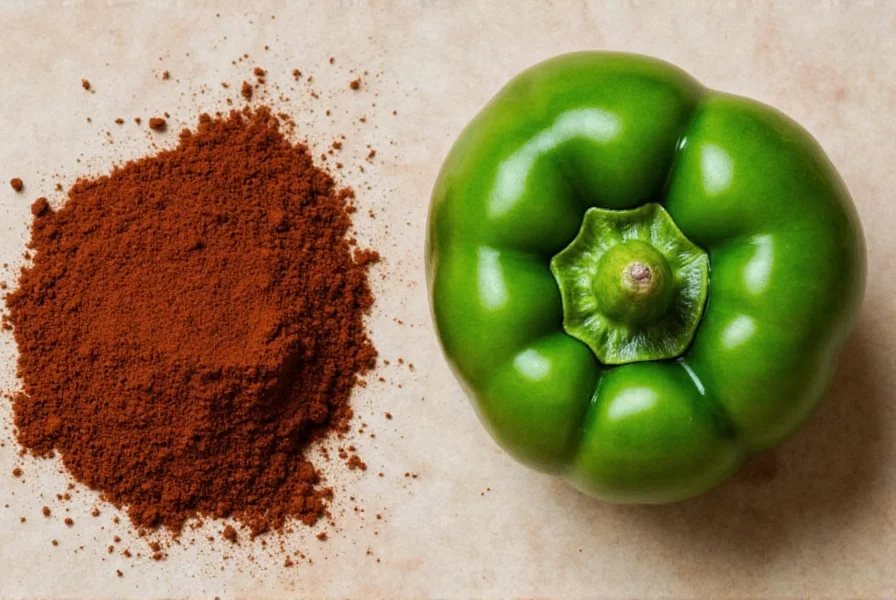
Understanding the Heat Level of Ancho Peppers
Ancho peppers fall on the very low end of the Scoville scale, measuring between 1,000 and 1,500 SHU. For context:
- Bell peppers: 0 SHU (no heat)
- Anaheim peppers: 500-2,500 SHU
- Ancho peppers: 1,000-1,500 SHU
- Jalapeños: 2,500-8,000 SHU
- Serrano peppers: 10,000-23,000 SHU
- Habaneros: 100,000-350,000 SHU
This places ancho peppers firmly in the "mild" category of chilies. They provide only a gentle warmth that enhances flavor without overwhelming the palate, making them ideal for people who don't enjoy spicy food but still want to add depth to their dishes.
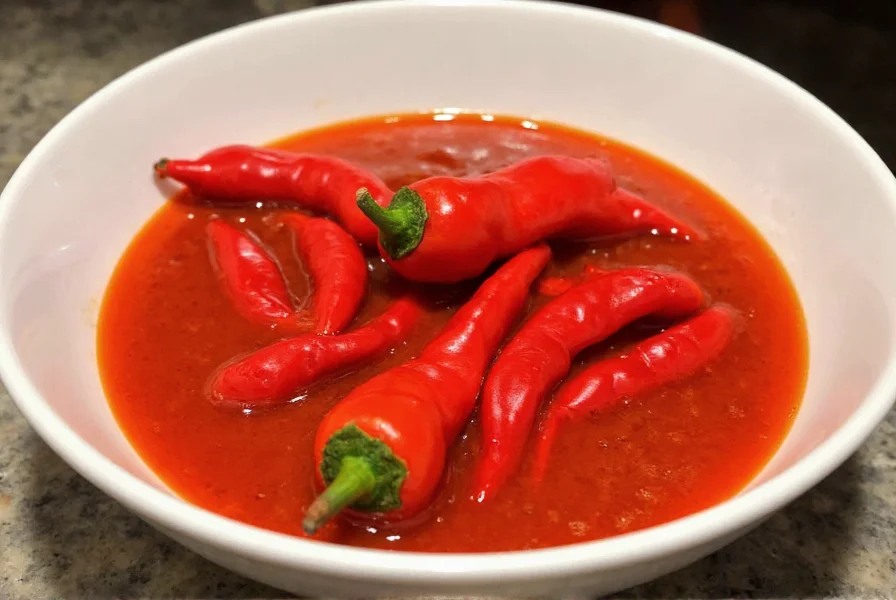
Cooking Uses and Flavor Profile
Ancho peppers have a unique flavor profile that sets them apart from other chilies. They are described as having a smoky, earthy, and slightly sweet taste with notes of dried fruit, tobacco, and chocolate. Their texture is soft and chewy when dried, making them perfect for rehydration in recipes.
Some of the most common uses for ancho peppers include:
- Mole sauce: A rich, complex sauce made from chocolate, spices, and ancho peppers.
- Chili con carne: Adding depth and a hint of smoke to your favorite chili recipe.
- Stuffed peppers: Filling them with rice, meat, or vegetables for a hearty meal.
- Hot sauces: Blending them with vinegar, garlic, and other seasonings for a homemade twist.
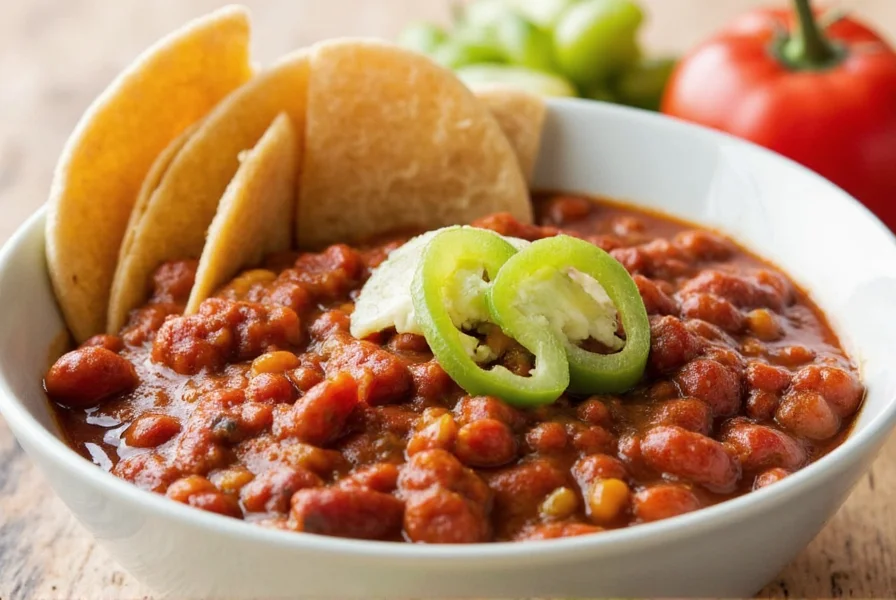
Comparing Ancho Peppers with Other Common Chilies
| Pepper | Heat Level (SHU) | Flavor Profile |
|---|---|---|
| Ancho | 1,000 – 1,500 | Smoky, sweet, earthy |
| Jalapeño | 2,500 – 8,000 | Grassy, peppery, slightly sweet |
| Chipotle | 2,500 – 8,000 | Smoky, spicy, slightly sweet |
| Poblano | 1,000 – 1,500 | Earthy, mild, slightly sweet |
| Serrano | 10,000 – 23,000 | Crunchy, sharp, slightly sweet |
| Habanero | 100,000 – 350,000 | Fruity, floral, extremely hot |
As you can see, ancho peppers are similar in heat to poblano peppers but much milder than jalapeños or serranos. Their unique smoky-sweet flavor profile makes them particularly valuable in traditional cooking where heat isn't the primary focus.

Buying Guide: How to Choose the Best Ancho Peppers
If you're looking to add ancho peppers to your kitchen, here's what to look for:
Types of Ancho Peppers
Ancho peppers are usually sold in dried form, but you may also find fresh ones in some markets. Here are a few key points to consider:
- Dried Ancho Peppers: The most common type, these are great for soaking and blending into sauces.
- Fresh Poblano Peppers: These are not yet dried and are typically used in stuffed pepper recipes.
Quality Factors
When selecting ancho peppers, look for:
- Even color: They should be deep red or dark brown with no signs of mold or discoloration.
- No cracks or breaks: Intact peppers tend to have better flavor and texture.
- Strong aroma: Fresh ancho peppers should smell smoky and slightly sweet.
Where to Buy
Ancho peppers can be found in:
- Local grocery stores: Especially those with international or Latin American sections.
- Specialty spice shops: These often offer a wider variety and higher quality.
- Online retailers: For convenience and access to different brands and types.
For those who love experimenting in the kitchen, organic or heirloom varieties can provide a richer flavor experience. Always check the packaging for freshness and storage instructions.
Practical Tips for Cooking with Ancho Peppers
Cooking with ancho peppers is a breeze if you know a few tricks. Here are some tips to help you make the most of this versatile ingredient:
How to Rehydrate Ancho Peppers
Before using dried ancho peppers, they need to be rehydrated. Here's a simple method:
- Soak the peppers in warm water for 20–30 minutes.
- Drain and remove the stems and seeds.
- Blend them into a paste or puree for use in sauces and stews.
Using in Sauces and Stews
Ancho peppers are a key ingredient in many traditional Mexican dishes. Here are a few ideas:
- Mole: Blend rehydrated ancho peppers with chocolate, cinnamon, and other spices for a rich, complex sauce.
- Chili: Add them to your chili recipe for a smoky, slightly sweet flavor.
- Enchilada Sauce: Use them as a base for a homemade enchilada sauce.
Pairing with Other Ingredients
The mild heat of ancho peppers pairs well with a variety of ingredients. Try combining them with:
- Tomatoes: Great for salsas and sauces.
- Garlic and onions: Adds depth and complexity.
- Chocolate: A classic pairing in mole sauces.
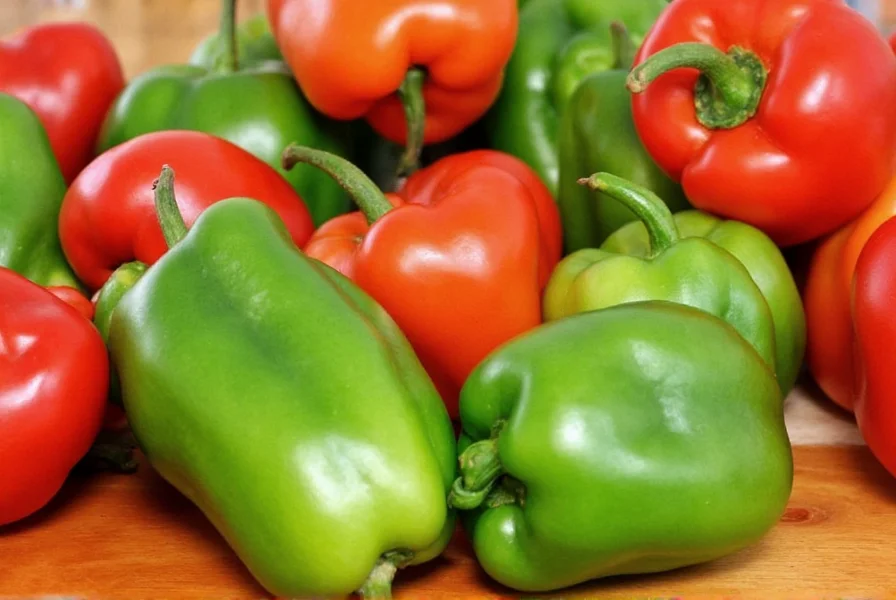
Frequently Asked Questions
Are ancho peppers hot?
Yes, but only mildly. Ancho peppers range from 1,000 to 1,500 Scoville Heat Units (SHU), which places them on the lower end of the heat spectrum. They provide a gentle warmth rather than intense heat, making them accessible even for those who are sensitive to spiciness.
How do ancho peppers compare to jalapeños in heat?
Ancho peppers are significantly milder than jalapeños. While anchos range from 1,000-1,500 SHU, jalapeños typically measure between 2,500-8,000 SHU—making them up to 8 times hotter than anchos. If you find jalapeños too spicy, ancho peppers will likely be very manageable for you.
What is the Scoville rating of ancho peppers?
Ancho peppers typically measure between 1,000 and 1,500 Scoville Heat Units. For reference, bell peppers are at 0 SHU (no heat), while a mild jalapeño starts around 2,500 SHU. This places ancho peppers in the "mild" category of chilies.
Can I use ancho peppers if I don't like spicy food?
Absolutely. Ancho peppers are an excellent choice for those who prefer minimal heat. Their primary characteristics are their rich, smoky flavor and subtle sweetness rather than heat. Many people who avoid spicy foods enjoy dishes featuring ancho peppers because they add depth of flavor without overwhelming spiciness.
What makes ancho peppers different from fresh poblano peppers?
Ancho peppers are simply dried poblano peppers. When poblano peppers are harvested and dried, they transform into anchos, developing a deeper, more complex flavor profile with notes of dried fruit, tobacco, and chocolate. Fresh poblanos are milder and grassier in flavor, while dried anchos have that signature smoky-sweet taste.
How can I reduce the heat of ancho peppers in cooking?
Though ancho peppers are already mild, you can further reduce any heat by removing the seeds and inner white membranes before use, as these contain most of the capsaicin (the compound responsible for heat). Soaking the peppers before use also helps mellow their flavor. If you're particularly sensitive, you can use less pepper than a recipe calls for while still getting the distinctive flavor.
Conclusion
Ancho peppers are mild chilies with a Scoville Heat Unit (SHU) rating of 1,000-1,500, making them significantly less spicy than jalapeños and many other common chilies. These dried poblano peppers are known for their rich, smoky flavor and slightly sweet undertones, not intense heat.
Whether you're a professional chef or a home cook, ancho peppers are a fantastic addition to your spice rack. From mole sauce to chili con carne, they bring a depth of flavor that's hard to replicate. So next time you're in the kitchen, don't hesitate to reach for an ancho pepper and let its mild heat elevate your dish without overwhelming your palate.

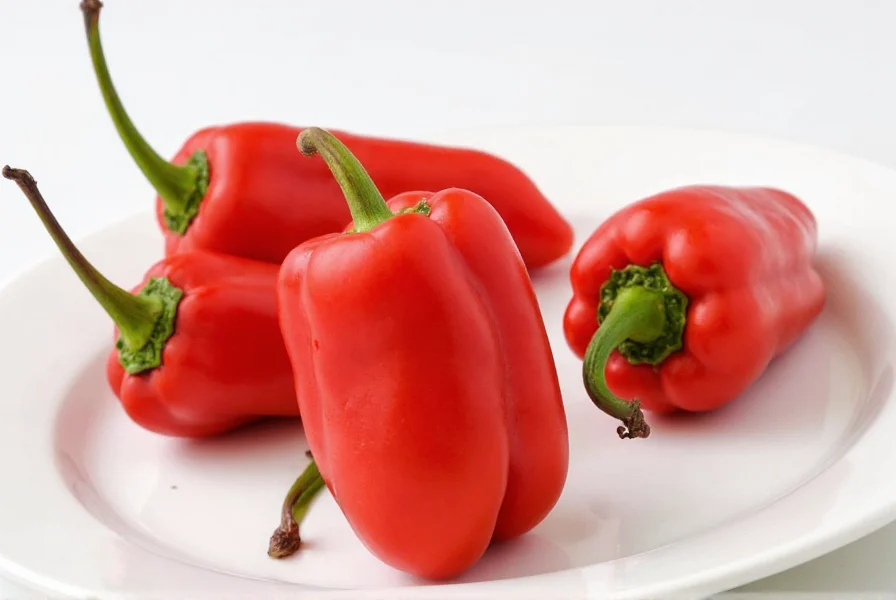









 浙公网安备
33010002000092号
浙公网安备
33010002000092号 浙B2-20120091-4
浙B2-20120091-4